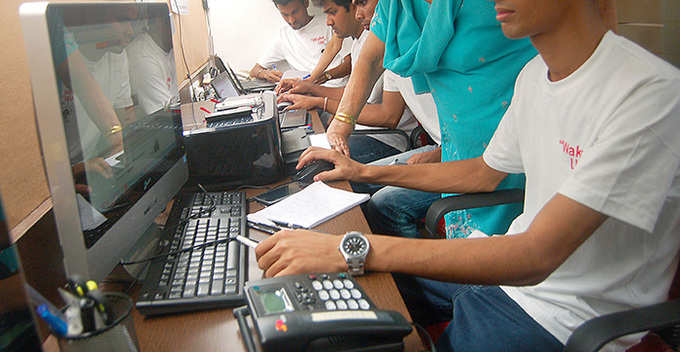 Airtel and Reliance Jio are tapping new business opportunities and have already started going aggressive.
Airtel and Reliance Jio are tapping new business opportunities and have already started going aggressive.The two telecom players are now edging each other out in broadband services, where both
Sunil Mittal-driven Bharti Airtel is already delivering high-speed in-home broadband services through V-Fiber. On the flip side, Mukesh Ambani-led
Airtel’s fibre tech is based on European standard Vectorisation technology, which can deliver speeds of up to 100 Mbps in a multi-device or Wi-Fi environment. Airtel is number one in this space and is extending its fixed-line broadband presence in tier-1 cities, ahead of Jio's rollout, with an unlimited three-month free trial offer to new customers.
Whereas, Reliance Jio has now begun with FTTH network dubbed as GigaFiber broadband and is offering services free till March 31, with a 100 Mbps data speed in select residential areas of Chennai, Pune and Mumbai regions.
Deployed by Chinese gear maker Huawei, Airtel has commercially launched V-Fiber-based broadband services in eight cities that include Chennai, Mumbai, Pune, Bengaluru, Hyderabad, Ahmedabad, Indore and Bhopal. It has plans to launch it in Delhi-NCR soon.
Rohan Dhamija, head for India and South Asia at Analysys Mason, told ET home broadband makes sense for service operators only in high average revenue per user (ARPU) clusters in large cities.
"FTTH makes a business case for high ARPU geographical clusters such as highrise residential buildings, while in India, overhead cabling is also done to address the existing right-ofway (RoW) challenges to accelerate such deployments,” he told ET.
India's home broadband penetration is significantly low with only about 18 million connections and both the top telcos, Bharti Airtel and Reliance Jio, have stiff competition with local rivals such as Hathway, Spectranet, Tikona and Nextra Teleservices.